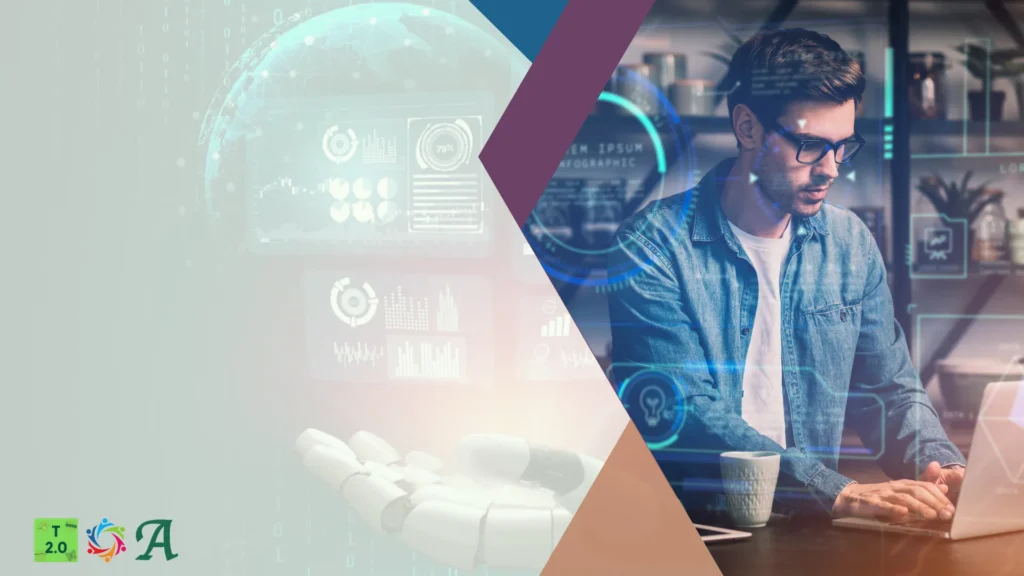
We talk about transformation like it’s a technology problem – move to the cloud, add sensors, implement AI. But that’s only the surface.
The real challenge?
Most asset-heavy organisations are still using strategy playbooks designed for the industrial age.
They optimise for physical scale.
They chase efficiency over insight.
They treat AI as a tool – not as a strategic force.
But as industries fuse physical infrastructure with digital intelligence, the rules are changing.
Companies in manufacturing, energy, logistics, healthcare, and other asset-heavy sectors face a unique challenge:
They’ve built deep competitive moats over decades. But today’s disruption doesn’t climb over the moat. It flies over it.
Here’s where many get stuck:
Professor Venkat Venkatraman – co-author of Fusion Strategy – explains what separates legacy laggards from digital transformers.
Here’s what forward-looking companies understand:
Leaders don’t start by overhauling the core.
They run small, fast experiments on the margins to learn what matters—and what doesn’t.
Digital companies don’t own the most assets. They own the most context.
To compete, industrial firms must learn to extract strategic advantage from real-time data.
No company can build all capabilities alone.
Winning means orchestrating a network of partners, platforms, and complementary players.
Transformation isn’t about replacing people with AI – it’s about amplifying insight, speed, and judgement by blending both.
The future doesn’t evolve from the past.
Companies that treat transformation as continuous reinvention – not a one-time reset – are the ones that endure.
Even well-intentioned transformation efforts fail when they:
In a fusion-driven world, speed to insight – and the ability to act on it – is everything.
If you’re navigating transformation in an asset-heavy business, here’s what to prioritise:
Start with experiments, not overhauls
Transformation doesn’t begin at the core. It starts at the edge – with cheap, fast, data-rich pilots.
Design for fusion, not just digitisation
Ask: how do we combine physical strengths with digital intelligence to create new value?
Build ecosystems, not empires
You don’t need to own everything. You need to orchestrate what matters.
Amplify human talent with technology
Don’t replace. Reinvent. Use AI to extend judgement, speed, and strategic clarity.
Track weak signals before they scale
By the time disruption hits the core, it’s already too late. Monitor what’s happening at the edges now.
Traditional strategy won’t win in a world shaped by data, AI, and exponential change.
To lead, industrial companies must move from digitising the past to inventing the future.
Because in the fusion era, it’s not just about transforming how you work.
It’s about transforming how you think.
Listen to this episode of Transformation 2.0® with our guest Venkat Venkatraman to learn how asset-heavy businesses can thrive in the age of intelligent infrastructure.
🎧 Listen to this episode of Transformation 2.0 to Reinventing Industrial Strategy in a Digitally Connected World


Melbourne, AU | hello@tenpercent.social


In the spirit of reconciliation, The 10% Foundation acknowledges the Traditional Custodians of the Country throughout Australia and their connections to land, sea, and community. We pay our respects to their Elders past, present, and future and extend that respect to all Aboriginal and Torres Strait Islander peoples today.